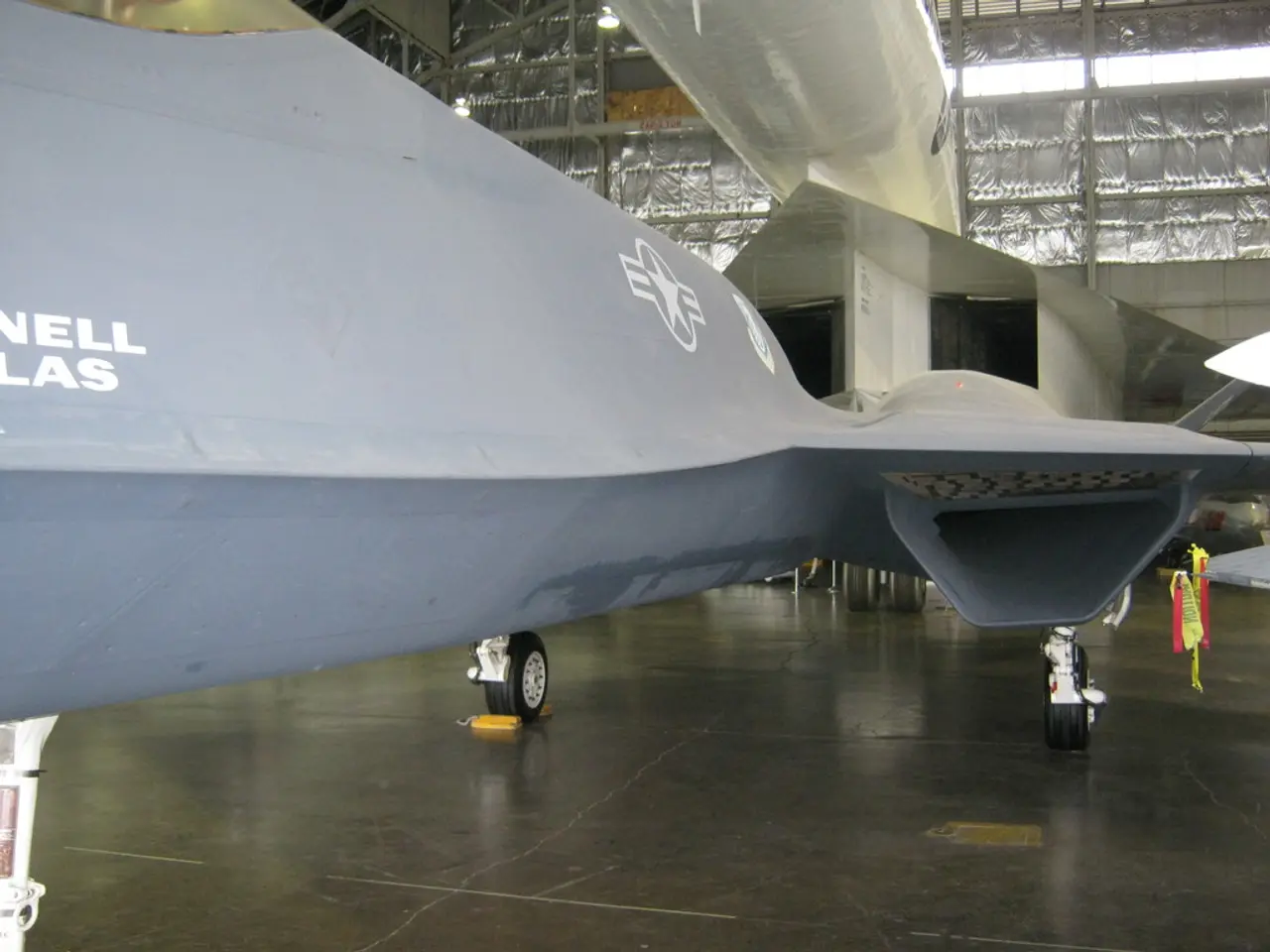Shift in Operations: VRE Embraces Regional Rail Service Model as Per System Plan 2050
The Virginia Railway Express (VRE) has announced its System Plan 2050, a visionary blueprint for the expansion and enhancement of its rail services. This ambitious plan, spanning over 22 months in development, lays the foundation for future service expansion, infrastructure investments, and enhanced regional connectivity.
Key elements of the VRE System Plan 2050 include expanded service frequency and hours to accommodate changing work schedules and demographics, capacity and access improvements on both the Fredericksburg and Manassas lines, and a focus on intermodal connectivity with Metrorail, local bus systems, and regional trails. The plan also prioritises sustainable infrastructure investments, aiming to enhance resilience and environmental benefits.
The VRE System Plan 2050 aligns with regional goals for sustainable transportation, economic growth, and environmental stewardship. It supports regional initiatives such as the Transforming Rail in Virginia program and long-term collaboration with Amtrak, CSX, and Norfolk Southern.
One of the future plans outlined in the VRE System Plan 2050 is the Transforming Rail in Virginia (TRV) initiative, which involves significant upgrades to rail infrastructure across Virginia, including projects that will enhance VRE's service capacity by 2030. The ultimate goal is to transition VRE from a commuter-focused service to a regional rail operation, with the potential for bi-directional and weekend services.
Infrastructure projects, such as the Alexandria Station enhancements and bridge replacements, are part of the broader infrastructure development outlined in the plan. Existing state and federally-funded projects, including the construction of the new Long Bridge across the Potomac River and the addition of third and fourth tracks, are underway to support increased rail capacity leading into the District of Columbia and through Union Station.
The VRE System Plan 2050 is a vision, not a budget. Additional funding commitments will be needed to fulfil the level of service defined in the plan. Investments into specific components of the plan will be made strategically as funding opportunities from federal, state, and local sources become available.
The plan was finalised and approved by the Northern Virginia Transportation Commission (NVTC) and the Potomac Rappahannock Transportation Commission (PRTC). Rich Dalton, the VRE CEO, stated that the plan positions VRE to better meet the shifting needs of the region's commuters and transit users.
The VRE System Plan 2050 accommodates non-traditional work schedules and changes in housing and employment demographics, aiming to improve the efficiency, accessibility, and sustainability of the VRE system in response to changing regional needs. The plan builds on the progress of the existing 2040 plan, ensuring a continuation of VRE's commitment to providing reliable and efficient rail services to the communities it serves.
- The Transforming Rail in Virginia (TRV) initiative, a significant part of VRE System Plan 2050, focuses on upgrading rail infrastructure and increasing VRE's service capacity by 2030, aiming to transition VRE from a commuter-focused service to a regional rail operation.
- The VRE System Plan 2050 includes a strategic focus on intermodal connectivity, prioritising smooth integration with Metrorail, local bus systems, and regional trails, to ensure a comprehensive public-transit network.
- To finance the ambitious VRE System Plan 2050, strategic investments will be made as funding opportunities from federal, state, and local sources become available, ensuring that future enhancements in transportation infrastructure, particularly buses and rail, align with regional economic growth and environmental stewardship.




